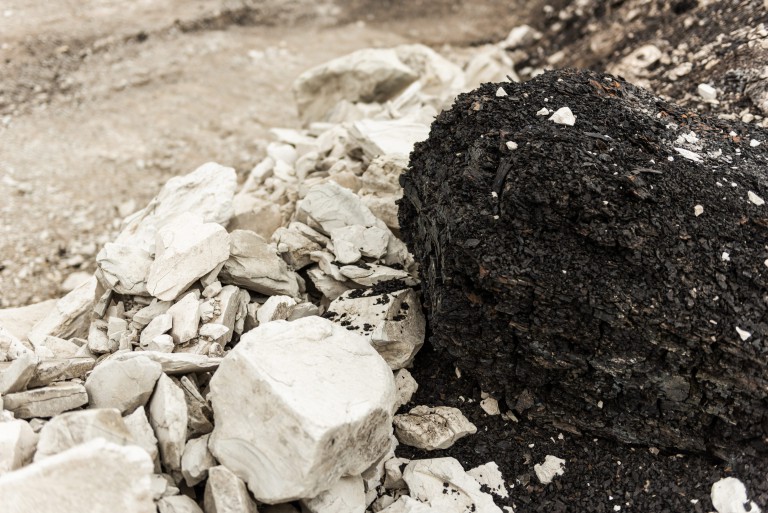While no laboratory testing has been done on Red Lake Diatomaceous Earth to monitor its effects on bees, there have been no known instances of damage to bee colonies due to the use of diatomaceous earth. DE does, however, have the potential to be harmful to bees.
Food grade diatomaceous earth works to kill insects by lacerating their exoskeletons and dehydrating them. According to bee keepers, if a bee comes in contact with DE death is a possible outcome. When grooming themselves, in an attempt to get the diatomaceous earth off of their bodies, the movement of the bees will in fact aid the DE in cutting the exoskeleton.
However, according to Tui Rose, author of Going Green Using Diatomaceous Earth How-to Tips, “When Diatomaceous Earth is applied to crops or orchards, the honey bee tends to protect themselves by simply avoiding those blossoms already treated with DE. However, if DE does get on a bee’s body, it is covered with slick hairs that are able to help prevent dehydration of body fluids. Then the bee simply vibrates its wings to remove the dust and protect itself. However, should a bee get enough DE on it to cause death, he’s the only insect that dies. Even if he makes it back to the hive, he does not contaminate the colony, as DE is not a chemical toxin.”
In any case, diatomaceous earth has the potential to be harmful to bees and should therefore not be applied to any surface with which bees might come in contact. This is especially true of the flowers on a plant. Sprinkling diatomaceous earth on the ground surrounding the plants is the safest bet in assuring the safety of your bees.
When using food grade diatomaceous earth in your garden, it is important to keep an eye on the bee population. Remove the DE (washing it off with water is the easiest way) if you notice the bees climbing the leaves or stalks of the plants or on any other surface where you have applied diatomaceous earth.
Image by Rakib Hasan Sumon


